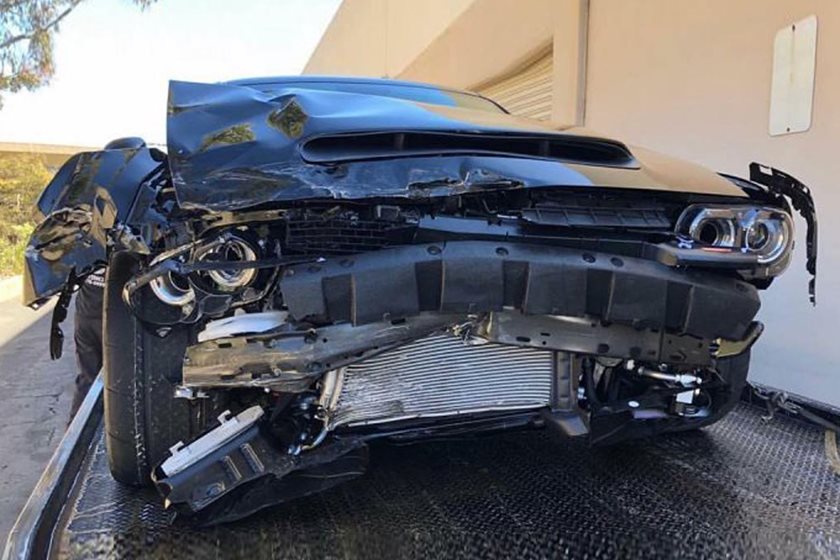
Dikij Angel Subtitri
However, through our publishing partners IHS BRE Press, we produce a comprehensive range of publications that address many of the situations covered in the series, from simple 'Good repair guides' and BRE Digests, to comprehensive textbooks aimed at the professional or serious DIY-er. A selection of relevant publications available from BREbookshop.com: Click the titles to see further details and see other related books Performance, diagnosis, maintenance, repair and the avoidance of defects. These can be bought online from, and in some cases are available as PDF files for instant download. 
Most of the proteins that are used in mitochondria are imported through the double membrane of the organelle. The information that guides the protein to mitochondria is contained in its sequence and structure, although no direct evidence can be obtained. In this article, discriminant analysis has been performed with 47 parameters and a large set of mitochondrial proteins extracted from the SwissProt database. A computational method that facilitates the analysis and objective prediction of mitochondrially imported proteins has been developed. If only the amino acid sequence is considered, 75–97% of the mitochondrial proteins studied have been predicted to be imported into mitochondria. Moreover, the existence of mitochondrial‐targeting sequences is predicted in 76–94% of the analyzed mitochondrial precursor proteins. As a practical application, the number of unknown yeast open reading frames that might be mitochondrial proteins has been predicted, which revealed that many of them are clustered.
Aleksandr Antonov Mikhail Astangov Nikolai Cherkasov Aleksei Dikij Vladimir Gajdarov. Critic Reviews for Stalingradskaya bitva I. Audience Reviews.
StarD4 is a member of the StarD4 subfamily of START domain proteins with a characteristic lipid binding pocket specific for cholesterol. The objective of this study was to define StarD4 subcellular localization, regulation, and function. Immunobloting showed that StarD4 is highly expressed in the mouse fibroblast cell line 3T3-L1, in human THP-1 macrophages, Kupffer cells (liver macrophages), and hepatocytes. In 3T3-L1 cells and THP-1 macrophages, StarD4 protein appeared localized to the cytoplasm and the endoplasmic reticulum (ER). More specifically, in THP-1 macrophages StarD4 co-localized to areas of the ER enriched in Acyl-CoA:cholesterol acyltransferase-1 (ACAT-1), and was closely associated with budding lipid droplets. The addition of purified StarD4 recombinant protein to an in vitro assay increased ACAT activity 2-fold, indicating that StarD4 serves as a rate-limiting step in cholesteryl ester formation by delivering cholesterol to ACAT-1-enriched ER.
In addition, StarD4 protein was found to be highly regulated and to redistribute in response to sterol levels. In summary, these observations, together with our previous findings demonstrating the ability of increased StarD4 expression to increase bile acid synthesis and cholesteryl ester formation, provide strong evidence for StarD4 as a highly regulated, non-vesicular, directional, intracellular transporter of cholesterol which plays a key role in the maintenance of intracellular cholesterol homeostasis. Introduction Cholesterol is an important structural component of mammalian cell membranes, and serves as a precursor to bile acids (in the liver), steroid hormones (in the adrenal, testis and ovaries), and vitamin D. Homeostasis of cholesterol within the body is maintained through the coordinate regulation of its cellular mediated uptake, transport/trafficking, sorting, biosynthesis, storage (i.e.
Esterification), secretion, and catabolism to bile acids []. In recent years, a number of specialized non-vesicular lipid transporters that are part of the steroidogenic acute regulatory related lipid transfer (START) domain superfamily of proteins have been shown to be involved in the trafficking of cholesterol and other lipids between intracellular membranes [–].
All proteins with a START domain contain a similar binding pocket, where modifications determine ligand-binding specificity and function []. START domains are 200–210 amino acid motifs, which appear in a wide range of proteins, and have been implicated in several cellular functions including lipid transport and metabolism, signal transduction, and transcriptional regulation [,, ]. More specifically, a StarD4 subfamily of START domain proteins, that includes StarD4, StarD5 and StarD6, contains 205–233 amino acid residues and shares 26–32% identity []. StarD5 has been shown in vitro to bind cholesterol and 25-hydroxycholesterol [], while StarD4 binds cholesterol, 7α-hydroxycholesterol and 7-hydroperoxycholesterol [, ], and StarD6 binds cholesterol showing activity similar to StarD1 []. StarD1 and MLN64/StarD3, the closest START domain proteins to the StarD4 subfamily, have been shown to bind cholesterol [, ] and most recently it has been shown the ability of StarD3 to bind lutein []. It is worth noticing that StarD1 and MLN64/StarD3 overexpression leads to an increase in steroidogenesis [–] and overexpression of StarD4, StarD5, or truncated MLN64/StarD3 increase free cholesterol in membranes [,, –], representative evidence of their ability to move cholesterol within the cell.
The first START domain protein crystal structure reported was the C-terminal portion of human MLN64/StarD3 [], followed subsequently by the structure of mouse StarD4 [].  Both structures revealed similar secondary structural elements and a hydrophobic tunnel with a size consistent with the binding of one cholesterol molecule [, ].
Both structures revealed similar secondary structural elements and a hydrophobic tunnel with a size consistent with the binding of one cholesterol molecule [, ].